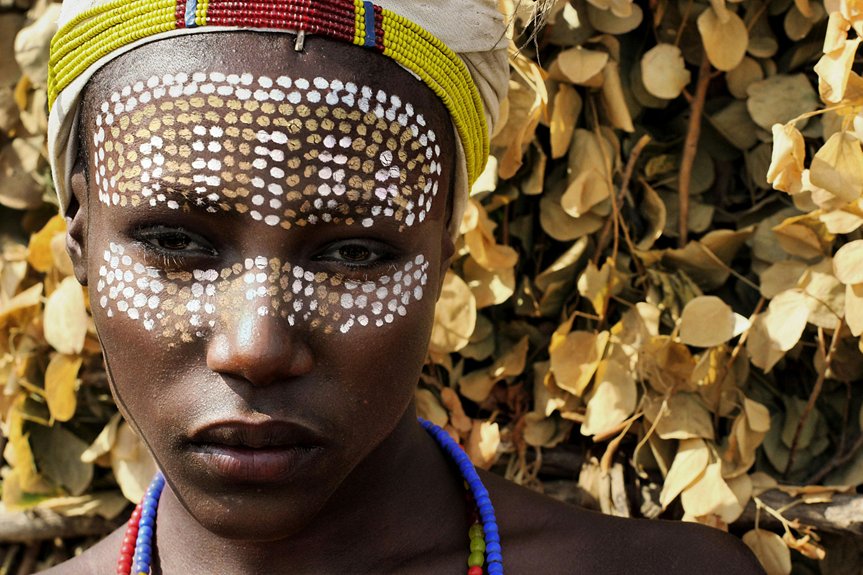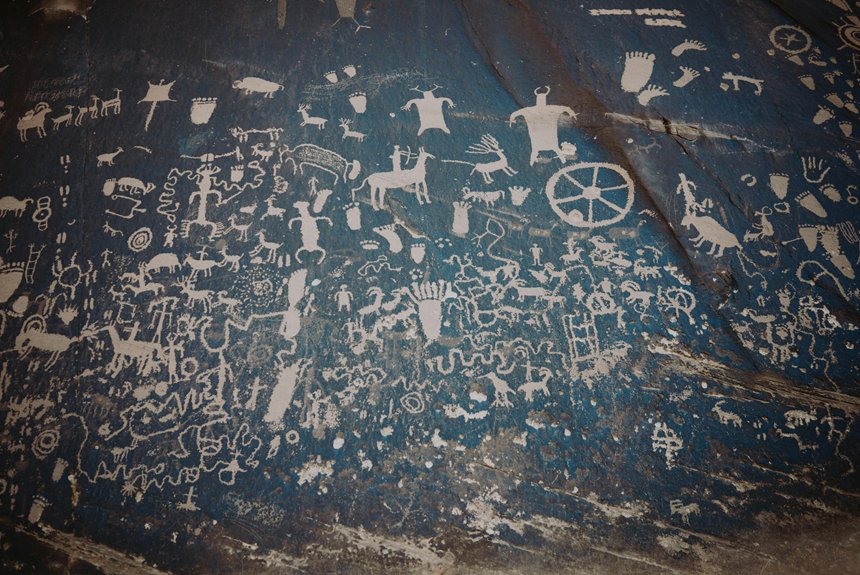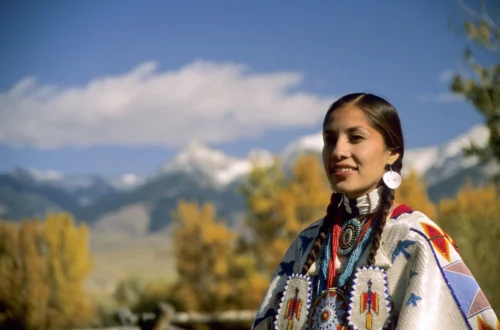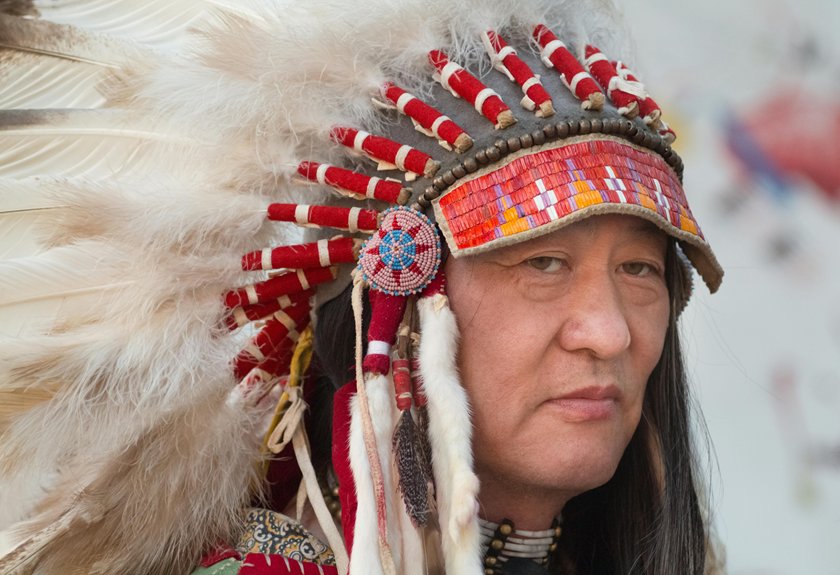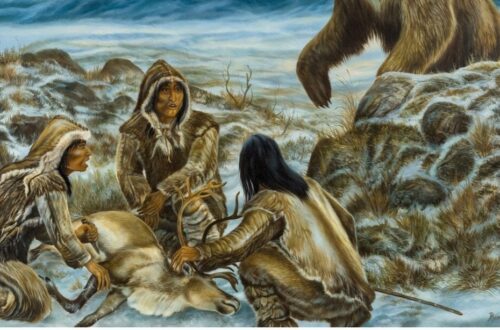You might think Native Americans primarily live on reservations, but that’s only part of the story. Many thrive in urban areas, blending traditional values with modern life. Others maintain strong ties to the land in rural communities, preserving cultural practices. Each setting offers unique challenges and opportunities that shape their experiences. So, what does this diversity reveal about their resilience and heritage?
Urban Living: Native Americans in Cities
Have you ever wondered how Native Americans navigate life in urban environments? Many Indigenous people thrive in cities, blending traditional values with modern lifestyles. You’ll find them actively participating in various sectors, from arts to business, while maintaining deep connections to their heritage.
Urban centers often serve as hubs for cultural exchange, where you can experience powwows, art exhibits, and community gatherings that celebrate Native traditions.
However, challenges exist. Issues like identity, representation, and access to resources can complicate their urban experience. Despite these obstacles, Native Americans in cities create vibrant communities that foster resilience and growth.
Reservations: a Glimpse Into Traditional Communities
While many Native Americans thrive in urban settings, reservations remain vital hubs of cultural identity and community for countless Indigenous people.
These lands, often rich in history and tradition, provide a space where you can engage with ancestral practices, languages, and ceremonies. On reservations, you’ll find vibrant communities that prioritize the preservation of their unique heritage.
Tribal governance often plays a significant role in daily life, fostering a sense of belonging and collective responsibility. Additionally, you’ll see efforts to revitalize traditional crafts, storytelling, and spiritual practices, ensuring that younger generations stay connected to their roots.
Reservations serve as more than just land; they embody resilience, offering a glimpse into the enduring spirit and diverse cultures of Native American life.
Rural Areas: Life Beyond the Reservation
Although many people associate Native American life primarily with reservations, rural areas also host vibrant Indigenous communities that maintain their cultural identities.
In these settings, you’ll find families engaged in traditional practices, from storytelling to crafting, all while maneuvering contemporary challenges. Many Native Americans in rural areas cultivate a deep connection to the land, often practicing agriculture or sustainable living.
Education and access to resources can differ considerably, yet community ties remain strong, fostering resilience and support.
You might also notice diverse cultural expressions, such as art and music, reflecting both heritage and modern influences.
The Impact of Historical Events on Native American Locations
Throughout history, various events have markedly shaped the locations and lifestyles of Native American communities across the continent. From forced relocations, like the Trail of Tears, to treaties that often resulted in land loss, these events have directly impacted where Native peoples live.
The establishment of reservations confined many tribes to specific areas, altering traditional migratory patterns and limiting access to ancestral lands. Furthermore, the effects of colonization led to significant cultural and population shifts, pushing many Native Americans into urban areas.
Today, you’ll find Native communities adapting to modern challenges while working to maintain their cultural identities in diverse settings. Understanding these historical events is essential in recognizing the resilience and ongoing struggles of Native American peoples.
Cultural Preservation in Modern Settings
The relocation and confinement of Native American tribes haven’t extinguished their vibrant cultures; rather, many communities are actively engaging in cultural preservation efforts in modern settings.
You’ll find that storytelling, traditional crafts, and language revitalization are central to these initiatives. For instance, tribes often host cultural festivals where you can experience traditional music, dance, and art.
Educational programs in schools aim to teach both Native and non-Native students about Indigenous histories and cultures. Additionally, digital platforms are being used to share knowledge, allowing for wider recognition of Native perspectives.
Economic Opportunities and Challenges
As you explore the economic landscape of Native American communities, you’ll discover a mix of opportunities and challenges that shape their financial futures. Many tribes are finding ways to leverage their resources, but they often face significant hurdles.
- Tourism Development: Tribes are promoting cultural heritage through tourism, creating jobs and generating income.
- Gaming Industry: Many tribes operate casinos, providing substantial revenue that funds community services and infrastructure.
- Sustainable Practices: Tribes are investing in renewable energy and sustainable agriculture, aiming for long-term economic stability.
Despite these opportunities, challenges like limited access to capital, regulatory barriers, and historical injustices continue to impact their economic growth.
Understanding these dynamics is essential for fostering respectful partnerships and support.
The Future of Native American Communities
Looking ahead, Native American communities are poised to shape their destinies in ways that honor their cultural heritage while embracing modern opportunities.
You’ll see a growing emphasis on education, as many tribes invest in schools and programs tailored to their unique histories.
Sustainable development is also on the rise, with initiatives that blend traditional ecological knowledge and contemporary practices.
By leveraging technology, such as online businesses and telemedicine, communities can enhance their quality of life while connecting with the broader world.
Additionally, preserving languages and traditions is essential, ensuring that future generations remain rooted in their identity.
As these communities navigate challenges, they’re actively fostering resilience, unity, and self-determination for a promising future.
